California Will Fall Short of Water Recycling Goals
Between $US 13 billion and $US 81 billion will be needed to meet state targets.
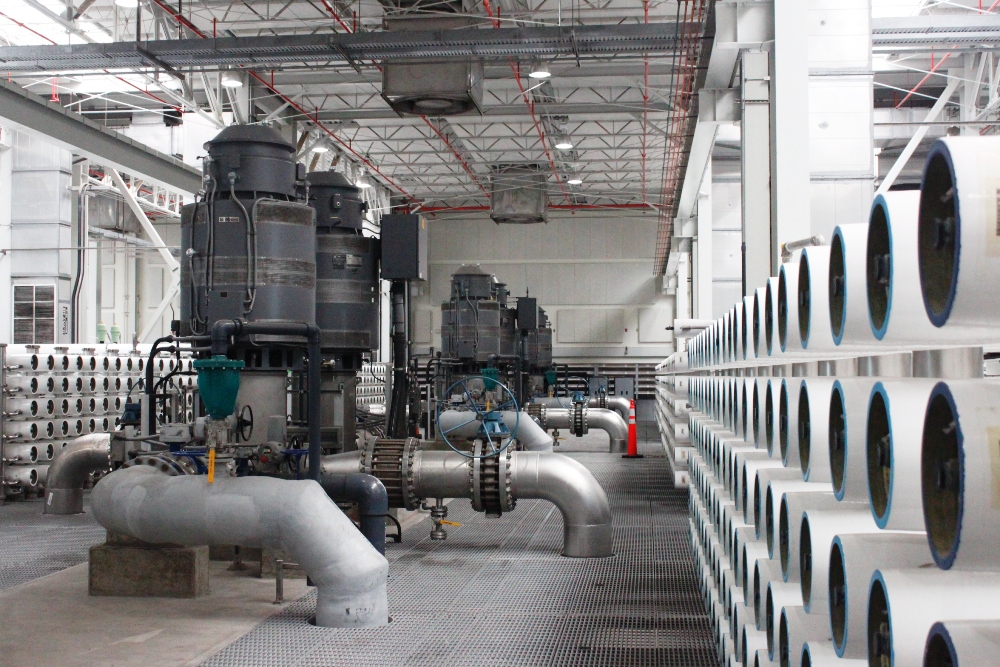
By Brett Walton
Circle of Blue
Just as they failed to meet nonbinding statewide targets set more than two decades ago for reusing water supplies, California’s water providers are not spending enough to achieve new water recycling goals that were approved last year, officials in the Department of Water Resources (DWR) told Circle of Blue.
Proponents of water recycling, including Governor Jerry Brown, the legislature, as well as utilities, industries and environmental groups, argue that cleaning up water that is flushed down drains and into oceans will prepare the state for future droughts and will reduce the energy needed to move water hundreds of miles from the Sierra Nevada foothills to cities in Southern California and the Bay Area.
Yet as state leaders argue this week over the size of a water-spending package that will be placed on the November ballot, the financial challenge of their task is apparent. The state’s three-year drought is proving that investments in alternative water supplies are a beneficial safety net when rivers run low.
–Rich Mills, recycled water chief
California Department of Water Resources
Between $US 13 billion and $US 81 billion will be needed to meet the state’s goal of 2.5 million acre feet of recycled water by 2030, according to calculations by Circle of Blue based on state and federal estimates of the cost of individual recycled water projects. California today uses roughly 700,000 acre-feet.
“The goal is highly unlikely to be achieved,” said Rich Mills, DWR’s recycled water chief.
The assessment of inadequate spending raises questions about who should pay for infrastructure in California that leads to greater water conservation and more efficient use. The assessment also reflects a national problem: the inability or hesitancy among utilities to invest in projects that will address chronic water deficits and guard against future water vulnerabilities when the leaky, brittle pipes and neglected maintenance of today is deemed a more urgent matter.
Mills told Circle of Blue that a more realistic goal for California, based on utility spending plans, is 1.3 million acre-feet by 2030. New funding announced this year by the governor – $US 800 million in low-interest loans and $US 549 million from a drought relief package – will help keep the state on track for what DWR thinks is achievable, Mills said. But it will not push the state closer to the 2.5 million acre-feet goal.
“It’s all about the money,” Toni Pezzetti, who works in DWR’s recycled water section, told Circle of Blue. “These projects are very expensive and take a lot of collaboration between agencies.”
State Support Helps
California has a long history of water reuse, with some farm-water recycling projects in place more than a century ago. Today the state has an abundant reserve to tap into – some 3.5 million acre-feet are flushed out to sea from coastal cities, the state reckons.
California also has a history of missed deadlines. Legislation passed in 1991 set a goal of 700,000 acre-feet of recycled water by the year 2000. Water agencies just now reached that milestone, some 14 years behind schedule.
Mills called targets a product of politics.
“The goal is aggressive,” he said. “It’s not based on feasibility studies or urban planning. The state is picking numbers that would drive public policy and generate political pressure.”
Despite the boosterish goals, demand for water recycling is unwavering, said Heather Cooley, water program director at the Pacific Institute, a public policy and environmental research group based in Oakland, California.
“There is tremendous interest at the local level,” Cooley told Circle of Blue, noting that the combination of local interest and state goals “gets into questions of who should be doing the investing.”
The answer is clear to Dave Smith, managing director of WateReuse California, an advocacy group for recycled water. The state should come up with more money, he said.
“There are regional and statewide benefits that don’t get captured in the costs,” Smith explained to Circle of Blue, citing ecosystem benefits from a reduction in the demand for river water and reductions in statewide energy use. “Ratepayers can’t be expected to pay for all of it.”
California is home to a number of highly praised, award-winning water reuse projects. Many of them benefited from regional, state, and federal investment.
The Orange County Water District, for instance, opened a $US 481 million facility in 2008 that has become an international model for collaborative water solutions. The facility was supported by a $US 72 million in state grants, a $US 20 million grant from the U.S. government, and a $US 180 million low-interest loan from the state. It also gets an operating subsidy from the Metropolitan Water District of Southern California, the regional wholesaler.
“State involvement was very important to us,” Denis Bilodeau, a water district director, told Circle of Blue. “The state was right in the trenches with us to help get the project off the ground. Having the state as a financial partner helped with the regulatory agencies as well.”
Writing the Rules
Grants and loans are important, but the state is helping facilitate the recycled water transition in other ways – by setting clear rules and standards for the next generation of treatment facilities.
The next generation is an increased use of recycled water for drinking, rather than for watering lawns. Potable reuse, as it is called, comes in two varieties. An indirect system is employed in Orange County. The purified water from the treatment plant is piped upstream and is allowed to soak into the groundwater basin from which the county draws its drinking water.
Indirect potable reuse can also be accomplished by putting the recycled water into drinking water reservoirs where it would get a second round of purification in the regular drinking water treatment plant. This is not yet taking place in California, but the Department of Public Health is developing new regulations to guide water agencies that want to do so. The regulations are due by the end of 2016.
The second flavor is direct potable reuse, in which water from the treatment plant goes directly into the pipes that deliver water to homes, thus bypassing the reservoirs and aquifers that act as an emergency buffer for contamination if the recycling plant unexpectedly fails. The state is now creating the scientific and technical foundation for direct reuse of recycled water for drinking.
An expert panel will submit recommendations for direct reuse standards by September 2016.
Indirect and direct potable reuse are getting such a hard look because the two methods could bring down the cost of recycled water, Smith said.
Non-potable distribution systems, identifiable by their emblematic purple piping, carry water away from the treatment plant to industrial customers, power plants, and landscapers. Maintaining and building this parallel system is more expensive than the cost of treating wastewater to drinking water standards, according to Smith.
DWR will reassess the state’s recycled water progress next year when the next round of five-year planning documents are due from urban water providers. Pezzetti expects the new analysis to be out in late 2016.
Brett writes about agriculture, energy, infrastructure, and the politics and economics of water in the United States. He also writes the Federal Water Tap, Circle of Blue’s weekly digest of U.S. government water news. He is the winner of two Society of Environmental Journalists reporting awards, one of the top honors in American environmental journalism: first place for explanatory reporting for a series on septic system pollution in the United States(2016) and third place for beat reporting in a small market (2014). He received the Sierra Club’s Distinguished Service Award in 2018. Brett lives in Seattle, where he hikes the mountains and bakes pies. Contact Brett Walton


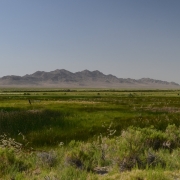
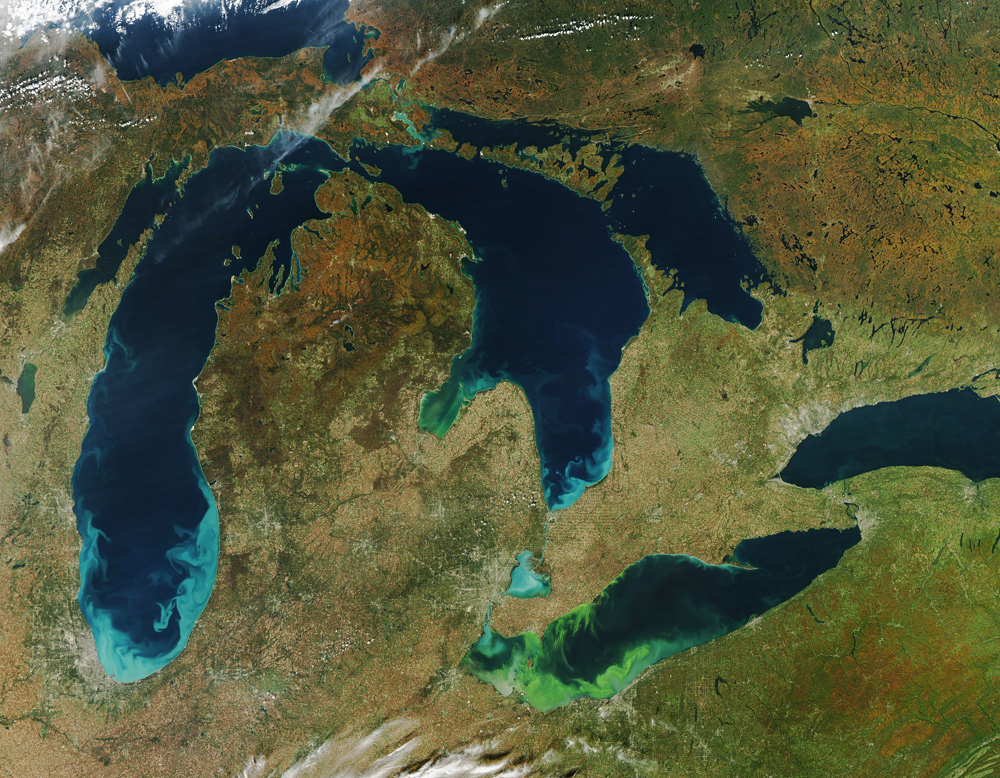
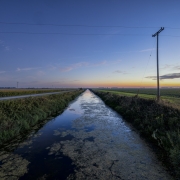
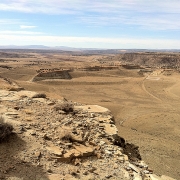
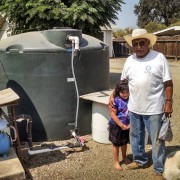




I’m sure that the reason why California’s water utilities are not meeting their water recycling goals is because the state legislature passes these laws and then doesn’t fund that leaving it up to local utilities to dramatically raise water rates in order to pay for the laws.
However, as the California drought drags on, I’m sure that California residents will be more than willing to pay for higher water rates if it results in increased water supplies.